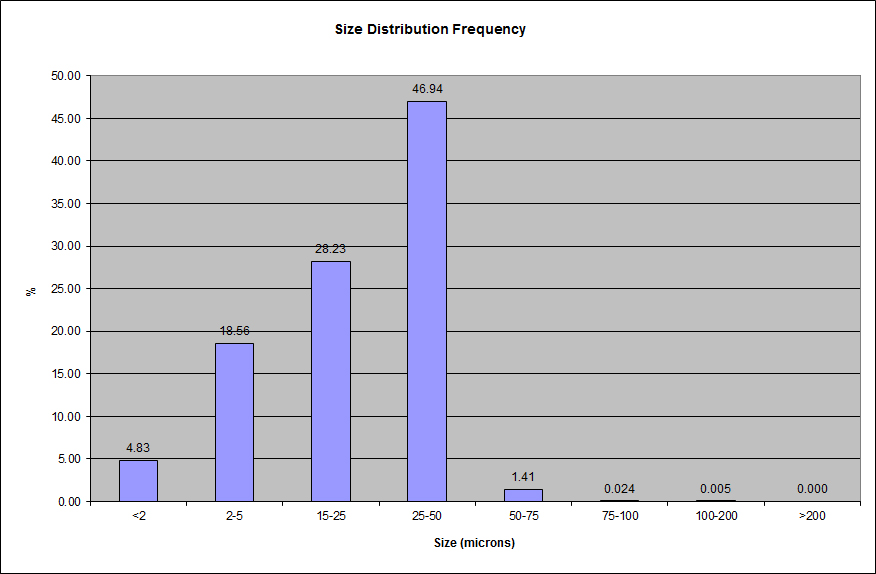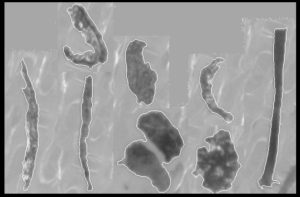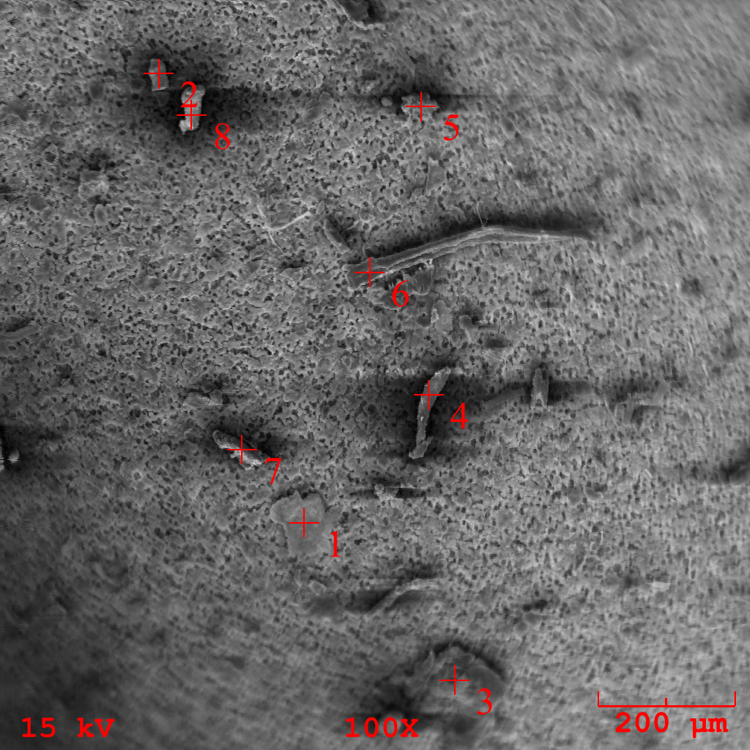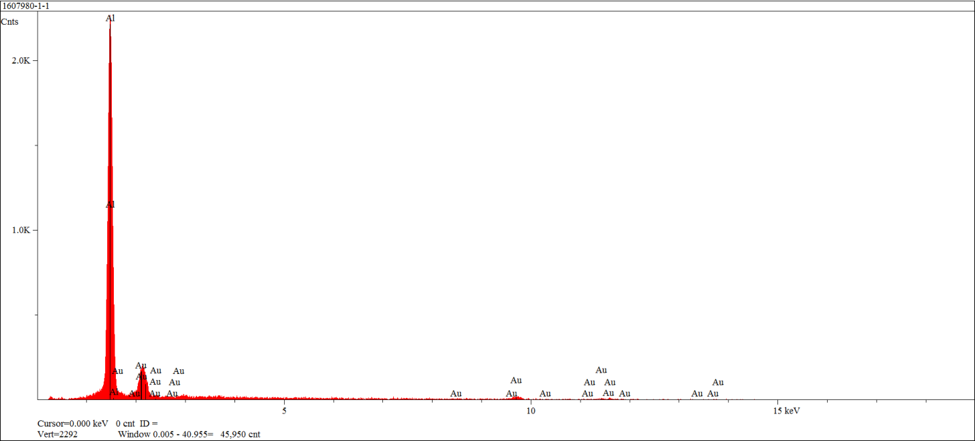Particle Size Analysis
What is Particle Analysis?
Particle analysis is a general description of some property we would like to find out about a particle or series of particles. Particles generally refer to solid material that is small in size that requires different instrumentation to characterize different properties. Often times we are asked to analyze a single particle or a grouping of particles, each with different ultimate objectives in mind. Many things can be understood about complete systems by analysis of a single particle or group of particles.
What is Particle Size Distribution?
Particle sizing is a method of determining size characteristics of the target particles. Several methods are available to adequately size the particles, such as light extinction, sieve analysis, and microscopic analysis. Light scatter involves suspending the particles in a liquid medium such as water or an organic solvent. The liquid is then passed through a laser beam and a detector array on the other side of the fluid path. The particles will cast a shadow on the detector array and the resulting size of that shadow will register a voltage that corresponds to the calibrated size. Typically these sizes are “binned” into size ranges that are predefined and calibrated. The particles are counted per unit volume of the fluid.

Sieve Analysis
Sieve analysis is a method of charactering the particle size distribution ranges by mass. The sample is passed through different size meshes or filters and the weight retained on each level determined. The percentage of the total mass represents the mass fraction within that specific particle size distribution range. This technique can also be applied to successive filtration steps of liquid samples and yield information down to as low as 0.2 micron particle sizes.
Microscopic Analysis
Microscopic analysis involves direct observation of the particle or particles using a light or electron microscope. The particles are imaged and subsequent image analysis can be performed on the particles of interest to determine particle size distribution. The results compiled and particle size statistics can be determined such as mean particle size, maximum particle size and minimum particle size. This technique has a very dynamic range as use of an electron microscope can allow for sizing to be done in the sub-micron range, all the way to several millimeters in size.
Particle Morphology
In addition to particle size distribution, the shape and surface features of the particle can also be a desired parameter to be known.
For instance, the presence of grooves or wear pattern from an isolated wear particle can tell the sizing of the abrasive that isolated the particle from a machined surface. Morphology descriptions such as “spherical”, “plate”, “crystalline”, “grooved” can help tell the story as to the particle source. These features require microscopic analysis and can be documented with photo-microscopy and described in detail.

Particle Composition Distribution
Particle composition distribution is key to understanding the source of the particles generated. In many cases the particle composition distribution is uniform throughout the particles observed but many times the composition distribution throughout the analyzed particles is also important. If particle composition is assumed uniform, then many different analytical tools are available for both qualitative and quantitative identification. Where the particle composition does vary within the population, we must use discrete methods of characterization and statistical sampling to determine the composition distribution. Again we turn largely to Scanning Electron Microscopy (SEM) coupled with Energy Dispersive X-ray Spectroscopy (EDX or EDS) to provide elemental composition distribution information for each analyzed particle. We can use advanced techniques such as elemental dot mapping to provide a graphical illustration of composition distribution by assigning colors to elements and overlaying the information on the SEM photograph.

SEM Image obtained of a particle debris field and corresponding analysis locations.

EDS spectrum obtained from the first particle in the imaged debris field.
When the particle presents as carbon rich, there is likelihood that the composition is organic. We can utilize discrete organic techniques for particle characterization such as Microscopic Fourier Transform Infrared Spectroscopy (micro-FTIR) to illustrate molecular functionality in the target particle.
This information coupled with EDS analysis is comprehensive in complete characterization of the particle composition.

Micro-FTIR spectrum obtained from an isolated contaminant particle.
In addition, light microscopy can also be valuable in characterizing particle composition and composition distribution. The ability to magnify and micro-manipulate particles under the microscope enables us to identify whether the particles are soft, hard, rubbery, brittle, colored, reflective, crystalline or even multi-phase. General descriptions of the particle appearance can be key to understanding it’s composition.

